Discover the secrets to achieving a flawless finish when painting the walls of your home with our comprehensive guide.
Welcome to our comprehensive guide on “How to Paint a Wall.” Whether you’re a DIY enthusiast or a beginner looking to refresh your living space, our easy-to-follow video
Discover the secrets to achieving a flawless finish when painting the walls of your home with our comprehensive guide. In this step-by-step tutorial, we’ll take you through the entire process, from preparing your walls and selecting the right paint to applying it like a pro.
Whether you’re a DIY enthusiast or a first-time painter, our expert tips and techniques will help you transform your living space with confidence. Click to explore our detailed instructions, complete with product recommendations and insider advice, and unlock the art of creating a stunning, professional-quality paint finish for your home. Elevate your interior design game today!
“Let’s start by getting everything ready. First, remove all the furniture from the room. Then, cover all things with Dust Sheet to keep things clean. To make sure it stays in place, use Good Masking Tape and apply properly. You can learn more about this important step by watching our video guide on how to prepare a room for painting.”
How to Paint a Wall Universal Brushwares. step-by-step guides and tutorials
Step 1. Protect the Room
Before you begin painting, it’s essential to protect your room. Start by removing furniture and other objects from the area to prevent accidental splatters or spills on your belongings.

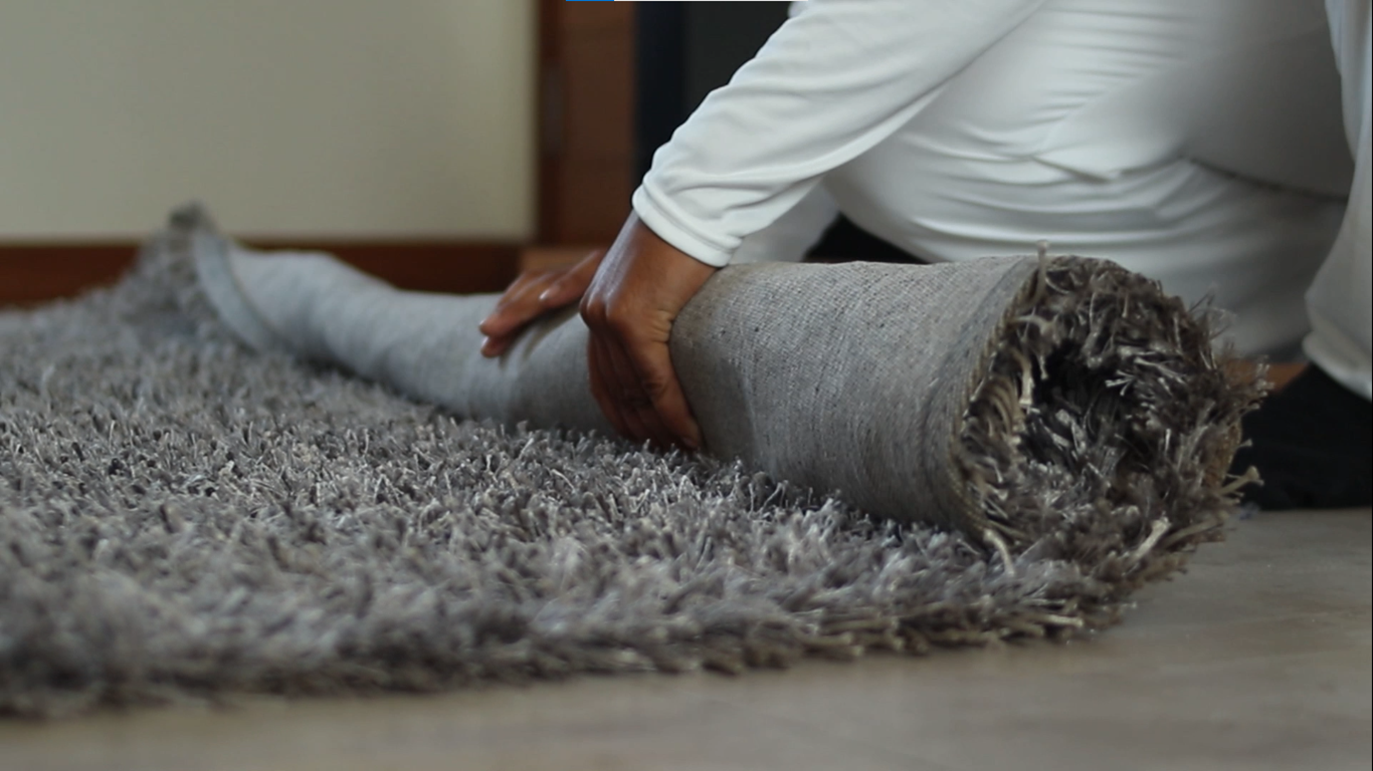
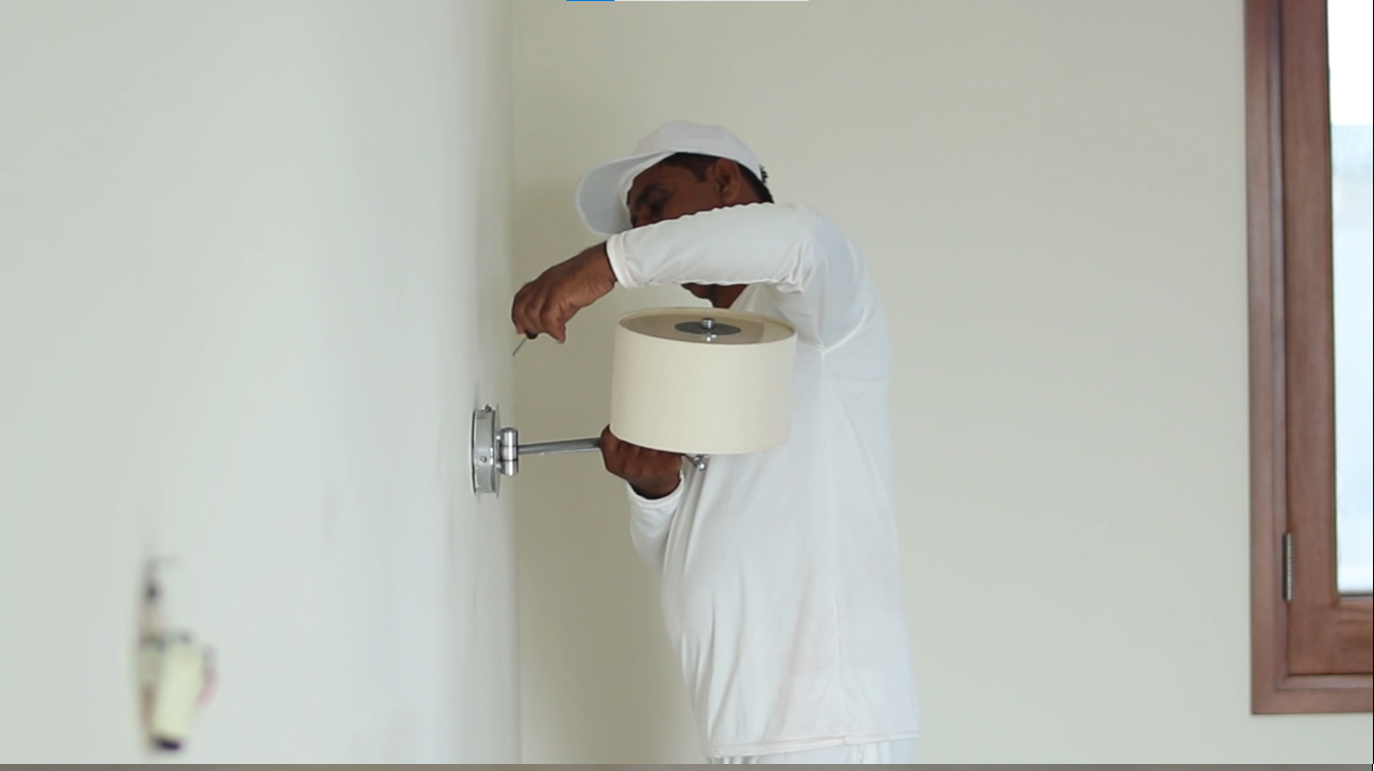
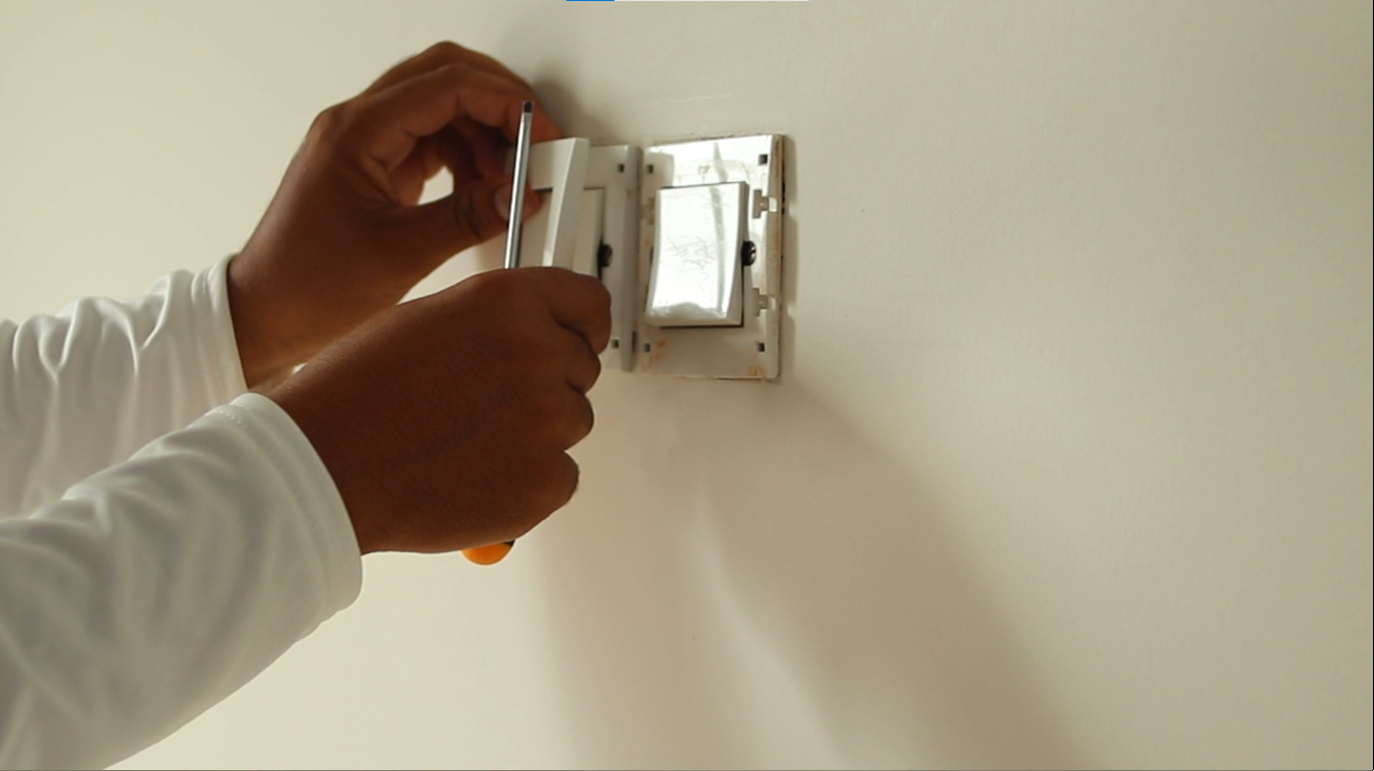
Step 2. Prepare the Surface
To ensure a smooth and clean surface, follow these sub-steps:
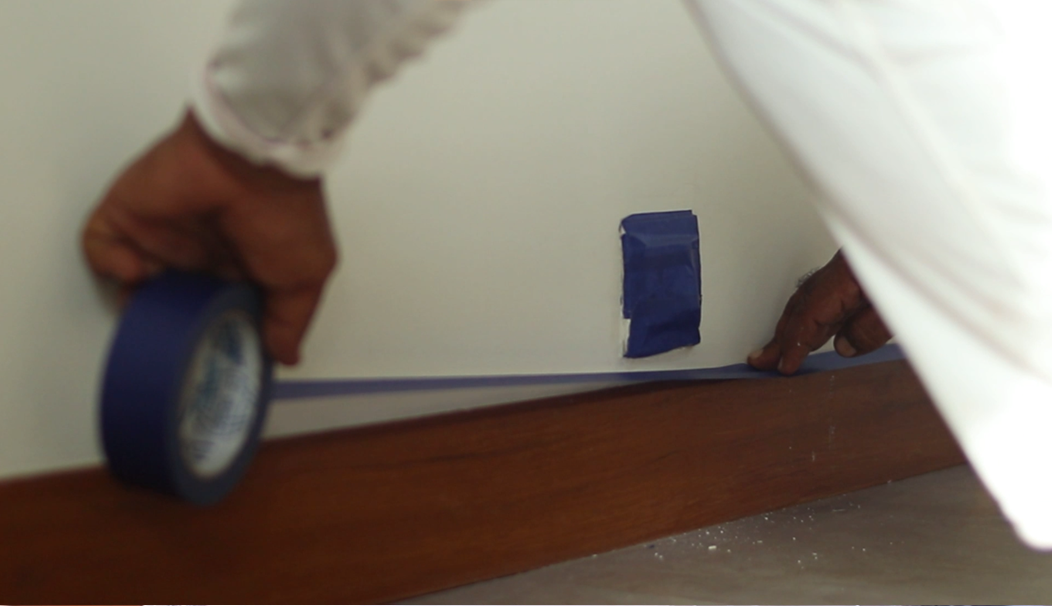
Tape Edges: Use painter's tape to carefully cover edges, trim, and any areas you want to keep paint-free, such as door frames, windows, and ceilings..
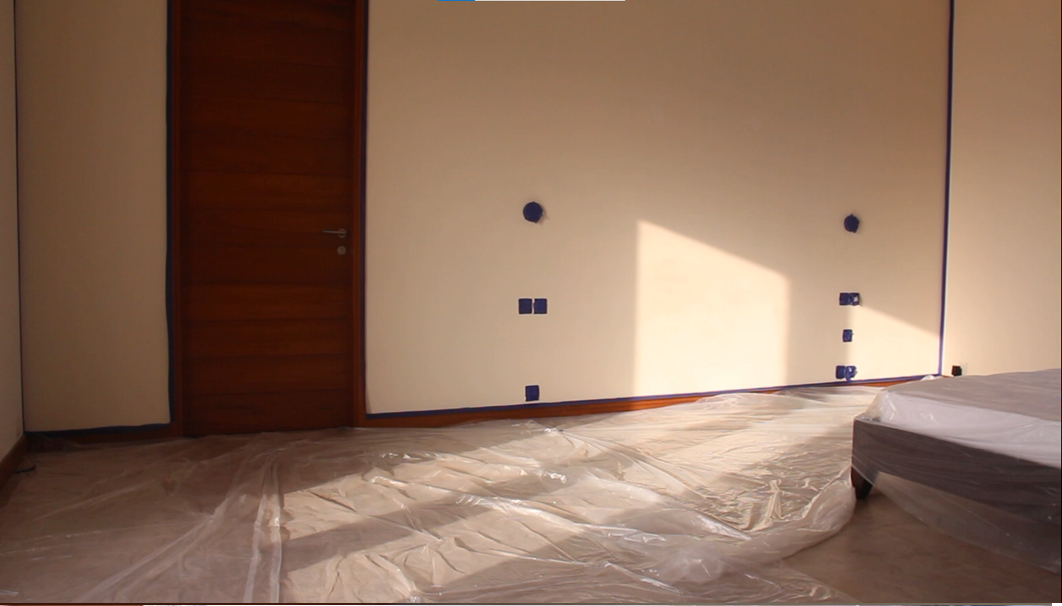
Lay a Dust Sheet: Lay down a drop cloth or dust sheet to catch any paint drips and spills. This will also protect your floor from paint splatters.
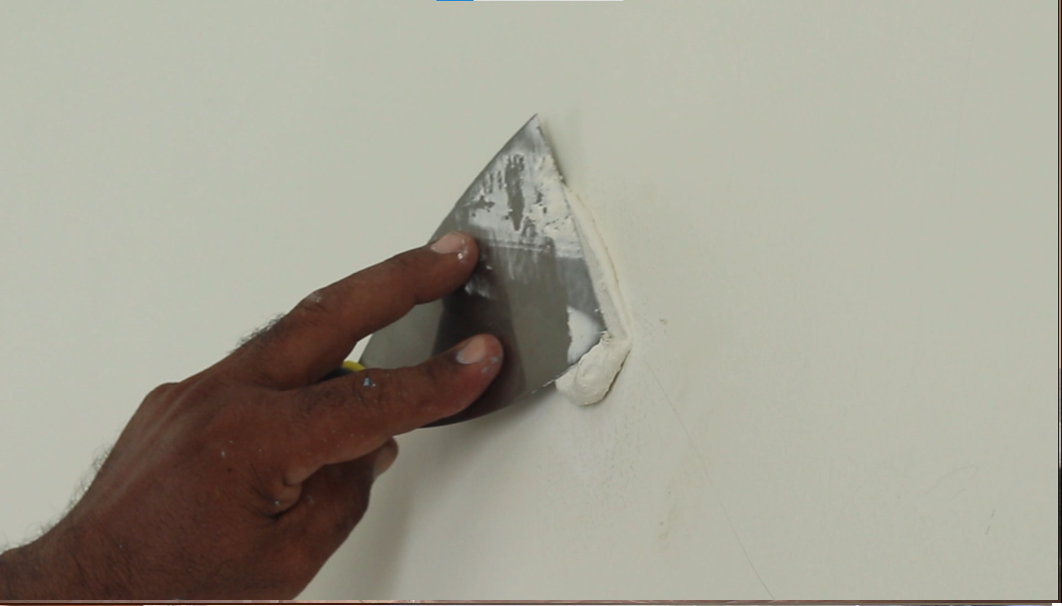
Fill Holes and Sand: Inspect the wall for any holes, cracks, or imperfections. Fill these areas with spackling compound and smooth it out with a putty knife. Once dry, sand the wall to create an even surface for painting.
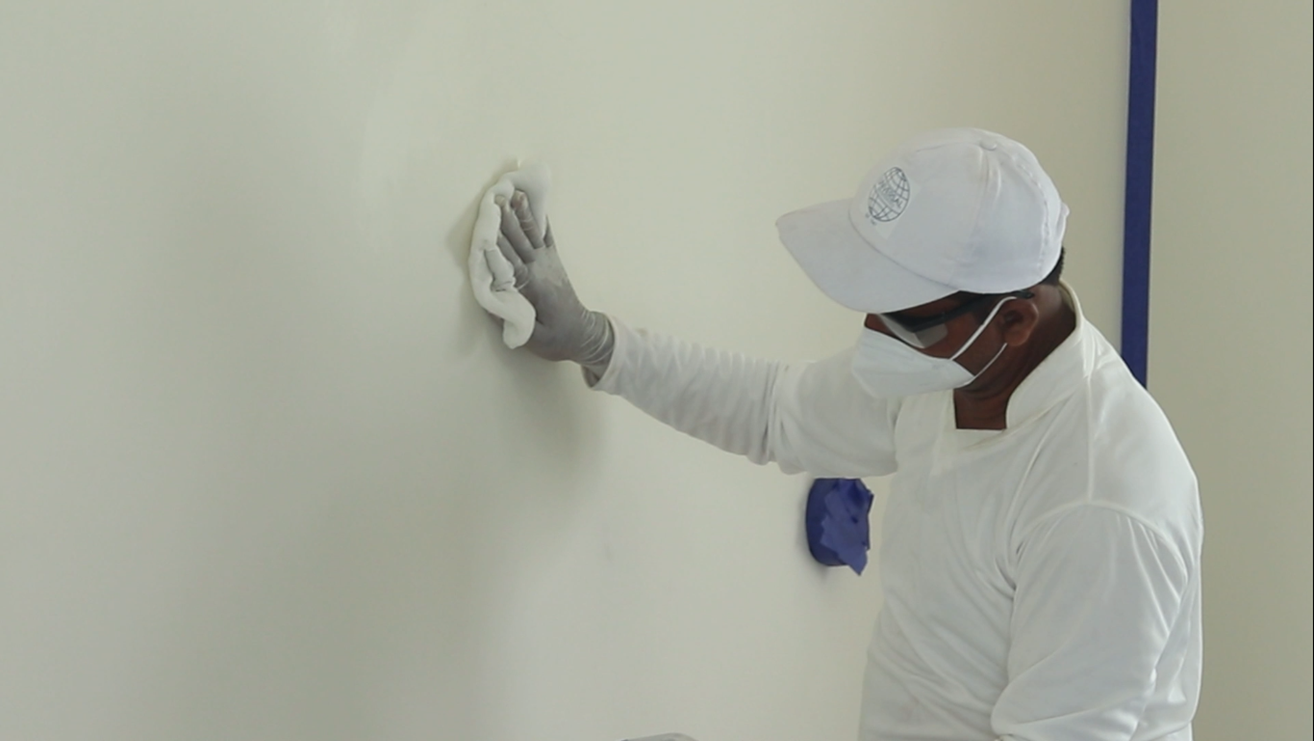
Clean the Surface: Use a damp cloth or sponge to remove any dust, dirt, or grease from the wall. A clean surface ensures better paint adhesion.
Step 3. Cut in Around the Edges
For precise edges and corners, follow these steps:
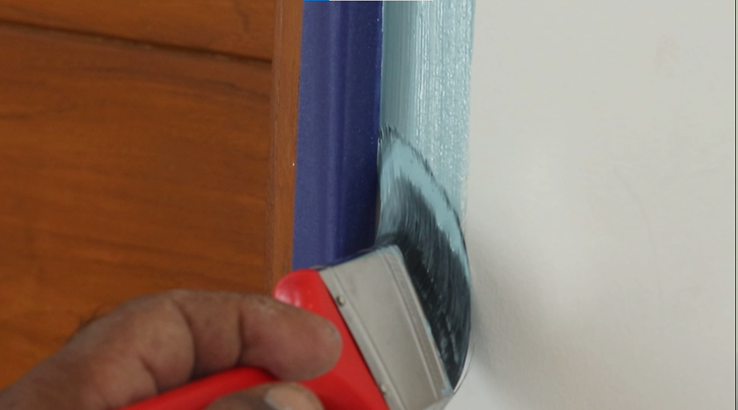
Cut in with Brush: Use a high-quality paintbrush to carefully paint along the edges and corners of the wall.
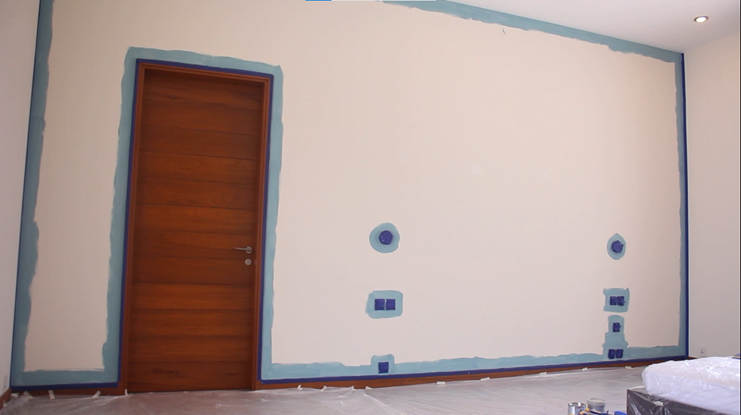
This process is called "cutting in" and creates clean lines.
Step 4. Roll the Wall
Now, it’s time to apply paint to the main wall area. Here’s how to do it effectively:
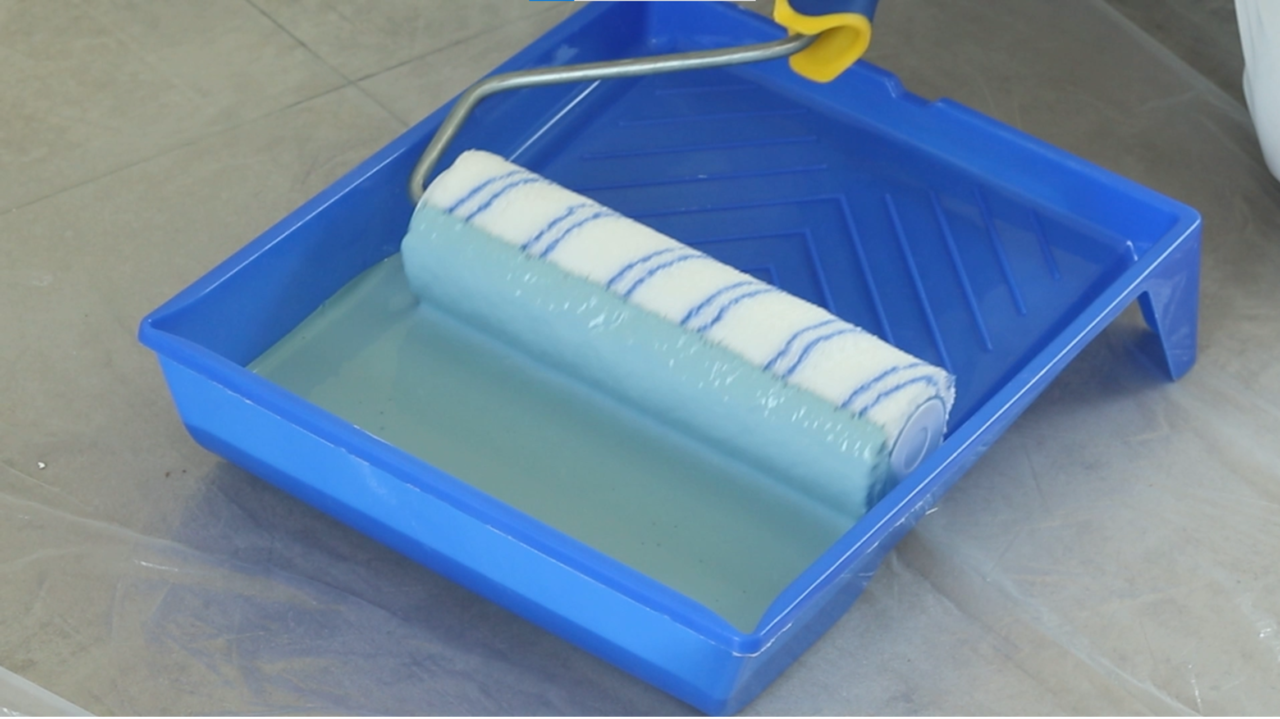
Prepare the Roller: Roll the roller in the paint tray to ensure it's evenly coated but not overloaded with paint.
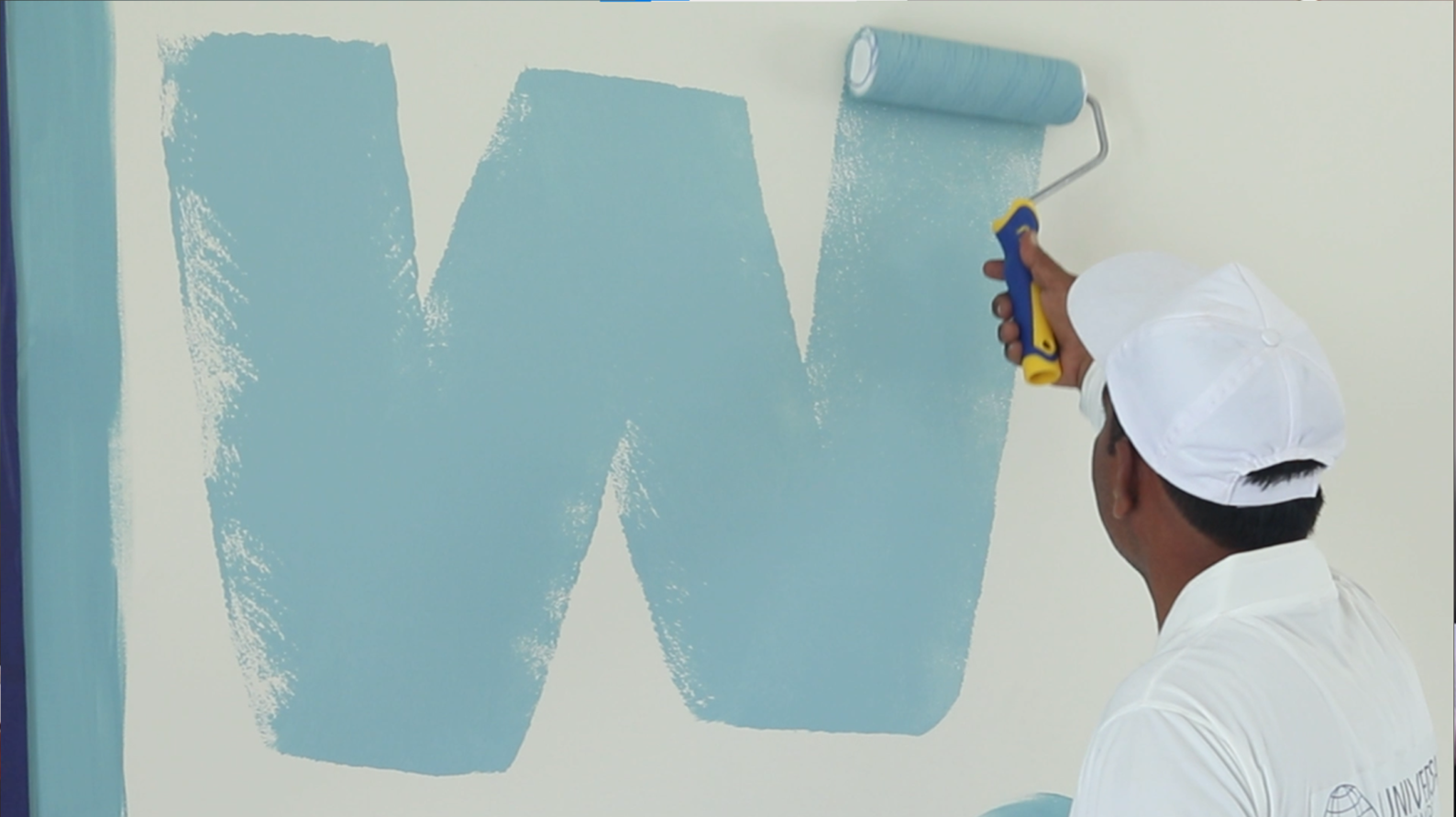
Roll the Roller to Fill Paint Perfectly: Begin rolling the paint onto the wall in a "W" or "M" motion. This technique ensures even coverage and minimizes streaks. Work in small sections, slightly overlapping each pass.
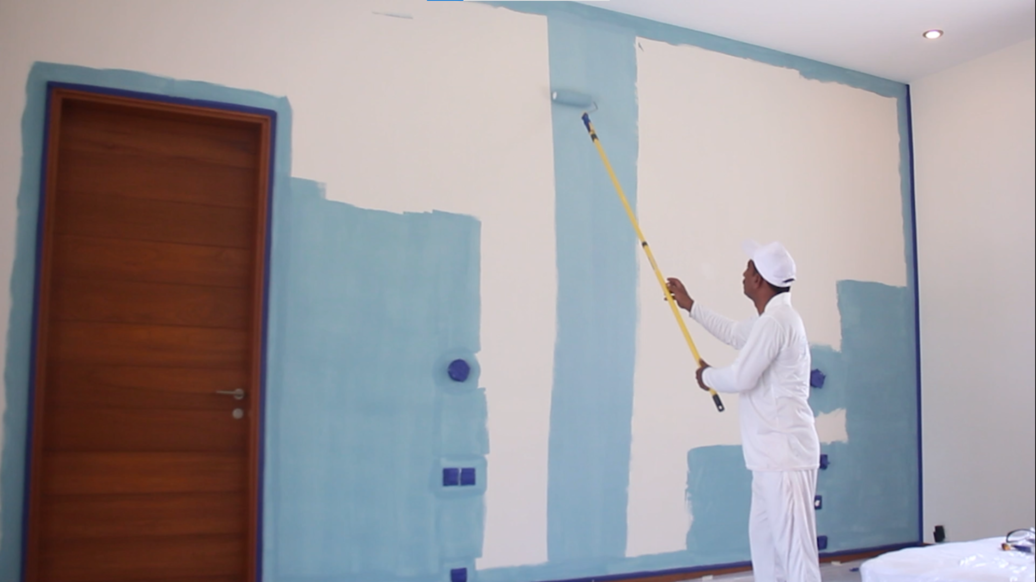
Use an Extension Pole: If you're painting a large wall, attach an extension pole to your roller to reach high or wide areas. This helps you maintain a consistent paint texture across the entire wall.
Step 5 Add a Second Coat
To achieve the desired color shade and a professional finish, apply a second coat of paint. Allow the first coat to dry completely (usually a few hours) before proceeding with the second coat. This additional layer ensures a richer, more even color.
Step 6 Remove Tape
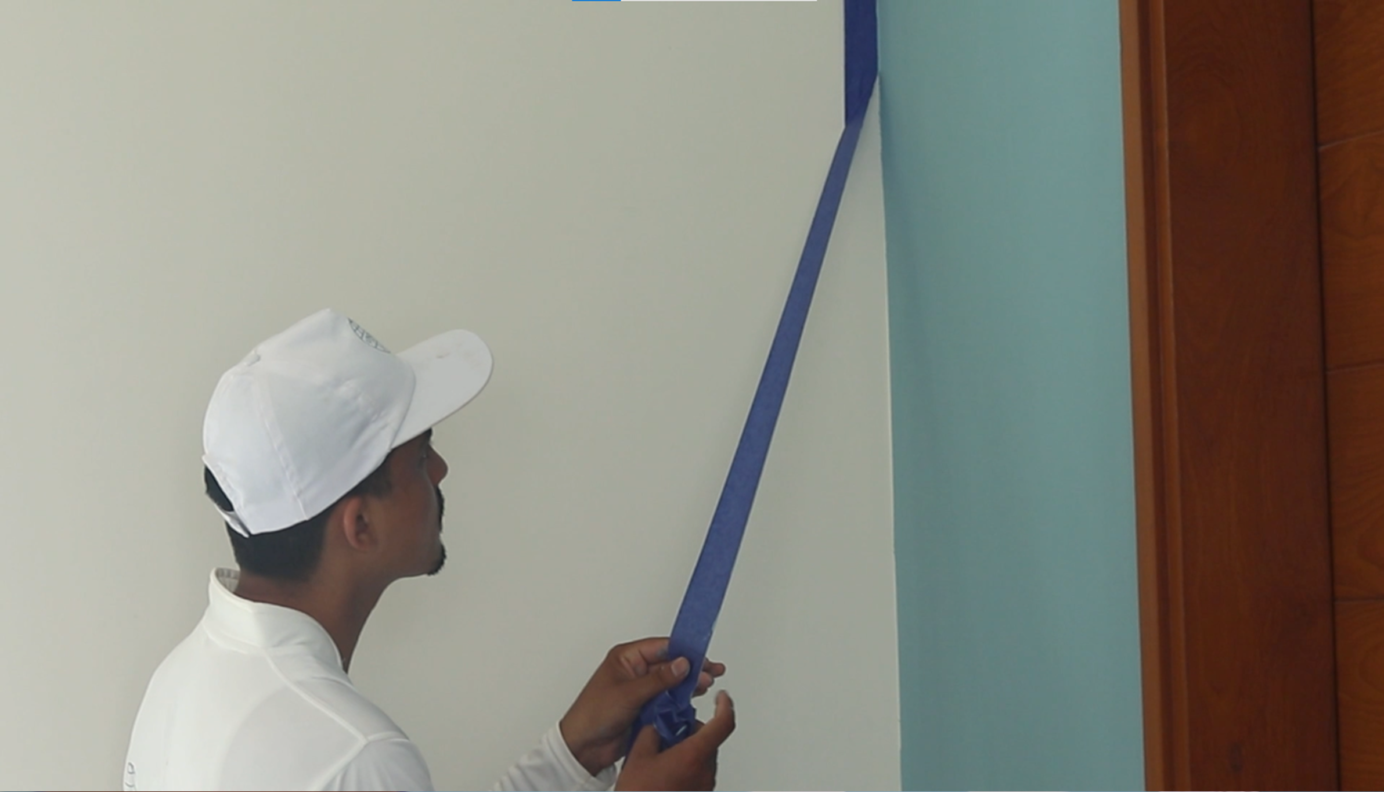
Carefully peel off the painter's tape from edges and trim. This should be done while the paint is still slightly tacky to avoid peeling or chipping..

.

